After a refreshing bath, drying your furry friend is an integral part of the grooming process. But what's the easiest way to dry a dog? This comprehensive guide will walk you through the most efficient and gentle methods to ensure your pup is dry, comfortable, and happy.
Key Takeaways:
- Discover the most effective dog drying techniques to quickly and safely dry your dog after a bath.
- Learn how to protect your dog's skin and coat during the drying process.
- Understand the importance of choosing the right tools and methods for dogs with different coat types.
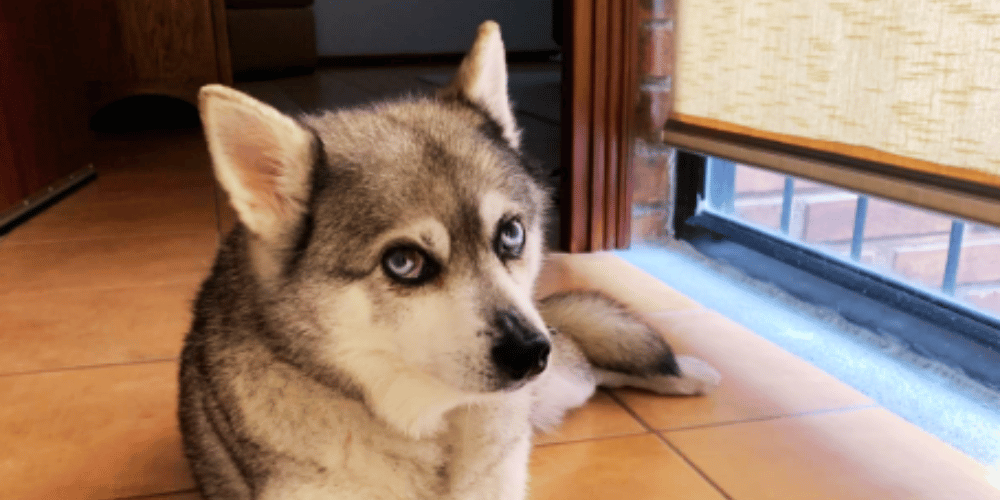
Preparing to Dry Your Dog
Before you begin drying your dog, it's essential to have the right tools on hand. Absorbent towels, such as microfiber towels, are a must-have for any dog owner. They are more effective at soaking up excess water than regular bath towels. For dogs with long hair, you may need two or three towels to handle the extra moisture.
Once you have your towels ready, gently squeeze out any excess water from your dog's coat, starting from the top and working your way down to the paws. This step is crucial as it reduces the amount of water you'll need to towel dry or air dry later on.
Towel Drying Techniques
Towel drying is often the first step in the drying process. Lay a towel over your dog's back and gently rub the fabric against their fur in short strokes. This method helps to absorb excess moisture without irritating your dog's skin. Be sure to cover sensitive areas like the belly and under the paws, as these spots can hold a lot of water.
For the face and ears, use a separate, smaller towel to carefully dry these areas. Dogs can be sensitive around their head, so it's important to be gentle and reassuring. Avoid rubbing too vigorously to prevent any discomfort or damage to your dog's skin.
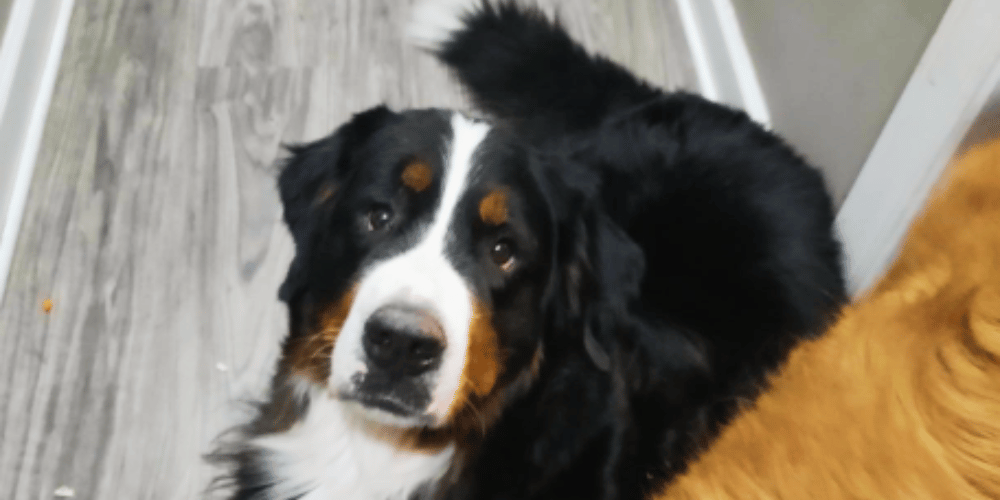
The Role of Air Drying
Air drying can be a convenient option for many dog owners, especially if your dog is anxious about blow dryers or if you want to avoid the ongoing expense of using electrical appliances. To effectively air dry your dog, start by ensuring they are in a warm, draft-free area. This will help their coat dry naturally without making them cold.
However, it's important to note that while air drying is a low-effort method, it's not always the fastest. Most dogs will shake off excess water, which is a natural and efficient way to remove moisture from their coat. After shaking, allow your dog to roll and rub on a dry towel laid out on the floor to help speed up the drying process.
Using a Hair Dryer Safely
If you choose to use a hair dryer, always set it to the lowest heat setting to protect your dog's skin and fur. Begin drying at the back of the dog and move towards the front, keeping the dryer at a safe distance to prevent overheating any part of the dog's body. It's also important to continuously move the dryer to avoid concentrating the heat in one spot.
When drying your dog's face with a hair dryer, be extra cautious. The noise and sensation can be frightening, so it's crucial to introduce the dryer slowly and keep it on a low setting. Always avoid pointing the dryer directly at your dog's eyes or ears.
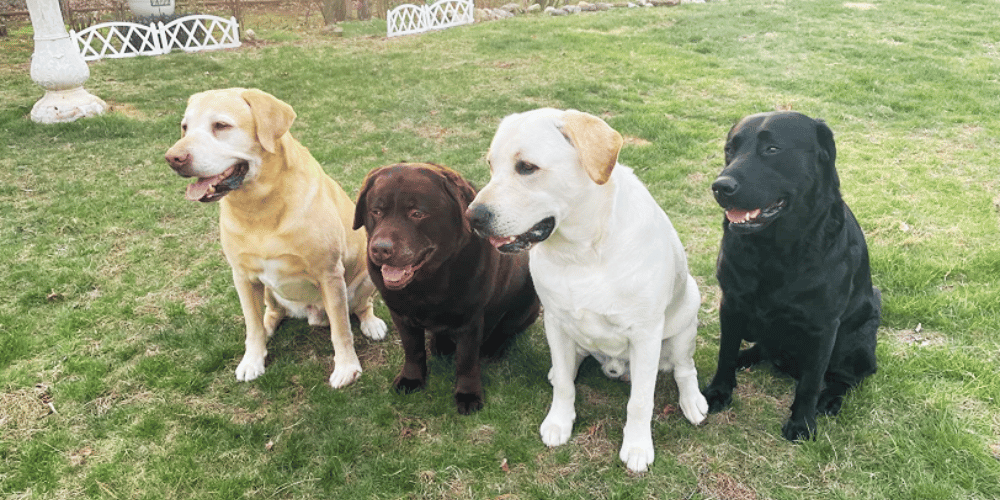
Choosing the Right Drying Accessories
When considering what's the easiest way to dry a dog, the tools you use can make a world of difference. For starters, not all towels are created equal. A microfiber towel is more absorbent than your regular bath towel and can significantly reduce the drying time. These towels are gentle on your dog's coat and skin, ensuring that your furry friend remains comfortable throughout the process. They are also durable and can withstand the vigorous movements that many dogs make during bath time.
In addition to towels, there are specialized dog drying coats and bags that can help dry your dog faster and more efficiently. These accessories are designed to wrap around your dog's body, absorbing moisture quickly while keeping your pet clean and warm. They are particularly useful for dogs with long or thick fur that retains a lot of water. Remember to choose the right size for your pup's coat to ensure maximum comfort and effectiveness. These accessories can be a game-changer, especially during colder months when you want to prevent your dog from getting too cold after a wash.
The Importance of Drying Your Dog's Head and Face
Drying your dog's head and face requires special attention as these areas are sensitive. When drying your dog's face, it's important to use a soft towel and gently pat the wet hair. Be cautious around the eyes and ears; many dogs are uncomfortable with having their head touched, so patience is key. Using a towel with a good grip will help you start drying these areas without causing distress to your dog. It's also a good time to clean your dog's ears and check for any signs of infection or irritation.
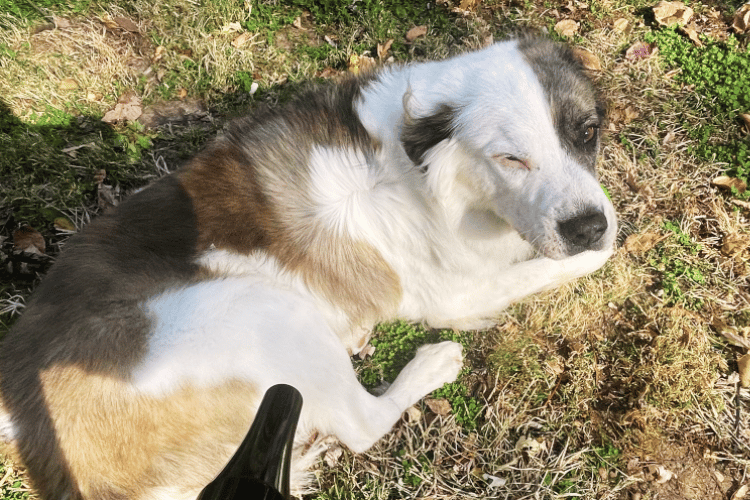
For the dog's head, especially if your dog has long hair or floppy ears, consider using a low heat setting on a hair dryer. This will help to dry the fur without overheating or scaring your dog. Always keep the dryer at a safe distance from your dog's skin to prevent burns and never aim it directly at your dog's face. If your dog is nervous or scared of the noise, you can acclimate them to the sound gradually over time or stick to towel drying if that's what your pet prefers. Remember, the goal is to keep the drying experience as stress-free as possible for your furry companion.
Brushing While Drying
For dogs with long coats, brushing while drying can be an effective way to remove tangles and loose fur. Use a brush suitable for your dog's hair type and gently work through their coat in sections. This not only helps the drying process but also distributes natural oils throughout your dog's fur, leaving it shiny and healthy.
Brushing is also a good opportunity to check for any remaining dirt or debris that may have been missed during the bathing process. Pay special attention to areas where knots commonly form, such as behind the ears and under the legs.
Drying Different Coat Types
The method you choose for drying your dog can depend on their coat type. Dogs with a short coat may dry faster and can often be towel dried effectively. In contrast, dogs with a long coat may require the use of a hair dryer and brush to ensure their fur is completely dry.
For dogs with a thick undercoat, like Huskies or German Shepherds, it's important to remove as much water as possible with towels before moving on to a hair dryer. This will help prevent matting and ensure that the undercoat dries thoroughly.
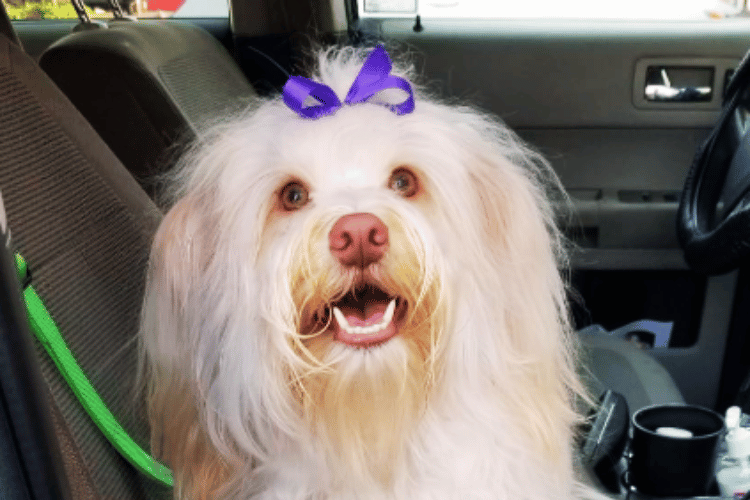
Drying Your Dog's Paws
Paws are an area that can be easily overlooked during the drying process. After a bath, make sure to dry between your dog's paw pads to prevent any discomfort or potential infections. Use a towel to gently press and absorb the water from each paw, and don't forget to check for any leftover dirt or debris that could irritate your dog's feet.
Post-Drying Care
Once your dog is dry, it's a good time to give them a final once-over. Check their coat for any damp spots that may need additional attention. It's also the perfect moment to reward your pup with a treat for their patience and good behavior during the drying process.
Summary
Drying your dog doesn't have to be a chore. By using the right techniques and tools, you can ensure your dog is dry, comfortable, and happy in no time. Remember to choose the method that works best for your dog's coat type and personality, and always prioritize their comfort and safety.
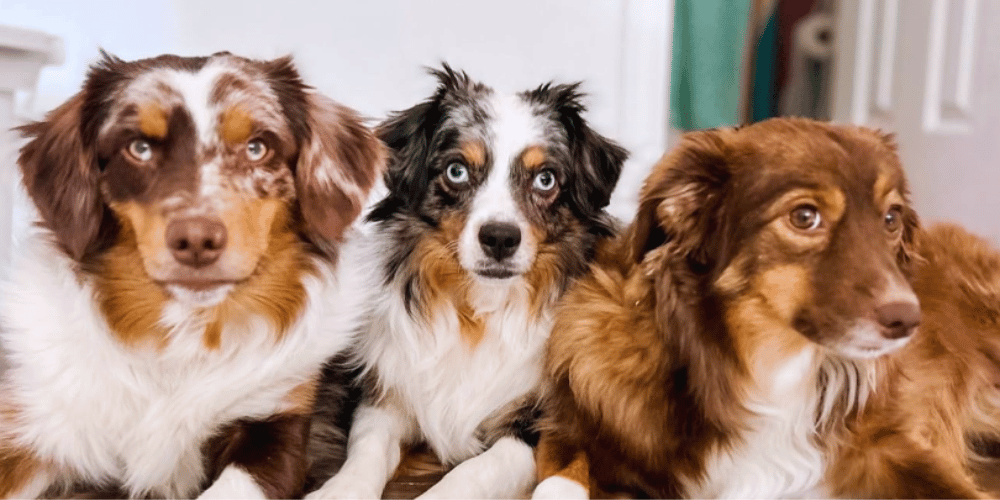
FAQ Section
Q: Can I let my dog air dry after a bath? A: Yes, you can let your dog air dry, especially if they are anxious about blow dryers. Ensure they are in a warm, draft-free area and consider using absorbent towels to remove excess moisture first.
Q: How can I dry my dog's coat without causing them stress? A: Use a gentle towel-drying technique, and if using a hair dryer, introduce it slowly and keep it on the lowest heat setting. Always be calm and reassuring throughout the process.
Q: Is it okay to use a human hair dryer on my dog? A: You can use a human hair dryer on your dog, but it's crucial to use the lowest heat setting and keep the dryer moving to avoid concentrating heat in one area. Be extra cautious when drying your dog's face and sensitive areas.
Thank you for visiting LegitLists we hope this helps you make a legitimate choice!






